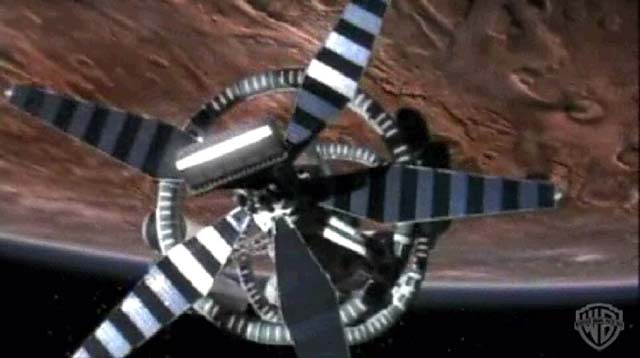One of my friends had an idea for a spaceship that used rotating cylinders to create gravity. However, the idea was that the ship itself is a flat slab, with two rotating cylinders embedded within it. Both cylinders are oriented with the long axis parallel to the direction of motion of the ship, symmetric around the centreline of the slab hull. And finally the cylinders rotate in opposite directions to eachother. Like this:
Code: Select all
--------- = long axis of cylinders (borders of cylinders not shown, but they don't extend beyond the sides of the ship).
<--- = direction of motion of ship
_____________________
| |
| ---------------- |
<--- | |
| ---------------- |
|____________________|
My question is whether this setup would actually work. The idea is that if the ship starts accelerating then the cylinders stop spinning and gravity acts according to the acceleration direction of the ship.
I'm suspicious about this, wouldn't it be better to have a single spinning hull (a la O'Neill station) or a rotating ring setup?


